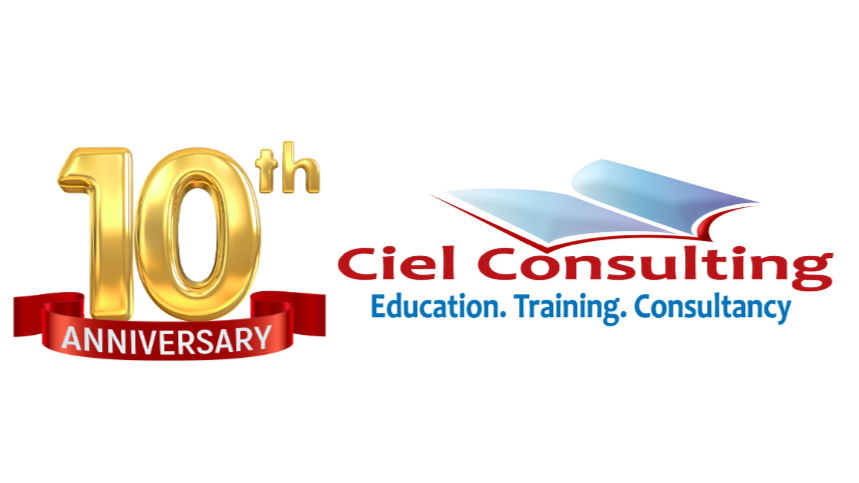Why transformation projects go wrong unless you Work Holistically
Approximately 70% of all IT Service Management (ITSM) transformation projects fail according to researchers from Gartner to McKinsey. And among those projects that fail, the same researchers uncovered that about half were unsuccessful because of internal resistance.
As the animation explores, the first transition project was deemed a failure due to unhappy customers, upset suppliers and alienated staff. But resistance isn’t always bad; it’s good to ask questions and be challenged as it helps you refine and make improvements. Yet resistance without engagement can’t be channeled positively. Working holistically and collaboratively with others is critical to the success of a transition project.
The importance of the vision
One of the reasons why negative resistance occurs is a lack of clarity on the goals and vision of a project and, likewise, an absence of leadership and governance at the top. If you’re going to be affected by a project and you’re not aware of the goal and why it’s happening, why would you engage with it or look forward to it happening? A project implemented without clear, well-communicated goals and vision is the equivalent of throwing a dead cat over the neighbor’s wall. As discussed in the animation, for an ITSM transformation project to be successful, it must support the business strategy and customer objectives – and certainly can’t be done in isolation from other projects. Therefore, the Guiding Principle of Work Holistically must be at the center of your approach and be used in conjunction with the Guiding Principle of Collaborate.
Looking at the bigger picture
Within a company, an ITSM project may be one of many streams of activity happening simultaneously. A HR project, for example, could also be running and have an impact on the same stakeholders. For this reason, PMOs of different projects must work together and have a responsibility to align and collaborate with others. By working holistically with other departments or branch of your organization, you can also identify where different teams have the potential to support and be a resource for the successful delivery of your project. For example, could the marketing team help with internal communications? Is there a research team better placed to poll stakeholders and gather insight? This expert support will make your life easier, while by collaborating and getting wider team involvement, they’ll have buy-in and be an additional internal champion for your project. Ultimately, this approach will also ensure momentum and help the change stick.
Power, influence and culture
During the initial analysis stage of an ITSM transformation project you must also understand the power and influence of different stakeholders as it can have wide-reaching effect. Doing this gives great insight into their relationships and attitudes, ways of working and cultural aspects that impact on how they use and integrate IT. This in turn helps you create a communication plan that collaborates with and engages stakeholders accordingly making sure the ‘what’s in it for me’ question is answered and shared in a relevant and motivating way. Having a strong insight into your stakeholders additionally supports onboarding planning and makes sure that once the ‘go live’ button is hit, every person shares the same necessary knowledge and skills. Undoubtedly, there will be deficits in knowledge within an organization, but by knowing this in advance PMOs can address the gap before they push the button.
Stay in the hot air balloon
For an ITSM transformation project to be successful, PMOs need to have an eagle-eye view and grasp the relationships and interdependencies of all aspects of an organization and its stakeholders. Being “up in the air in a hot air balloon” with a far-reaching view of the world is great, but when you land and bring the project into fruition it’s important not to forget these relationships or “get lost in the forest”.
Momentum is important to any transformational change; as well as working holistically at the start it’s important to maintain and nurture the power and influence of stakeholders (People involved, interested, impacted and affected) throughout.


